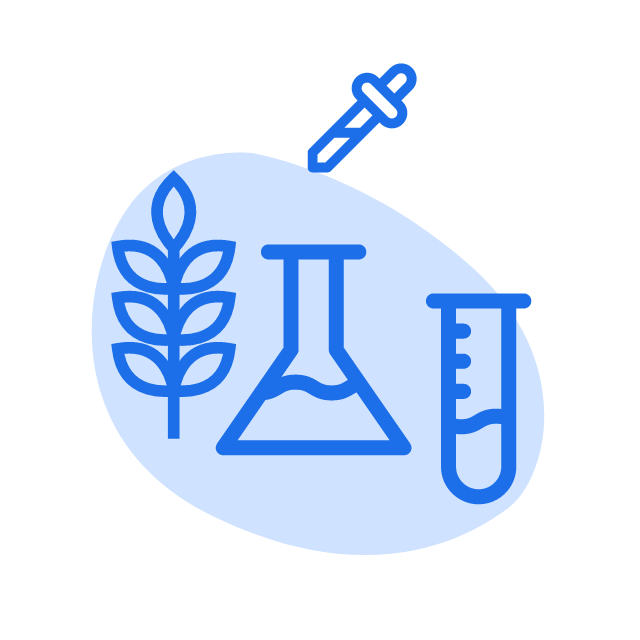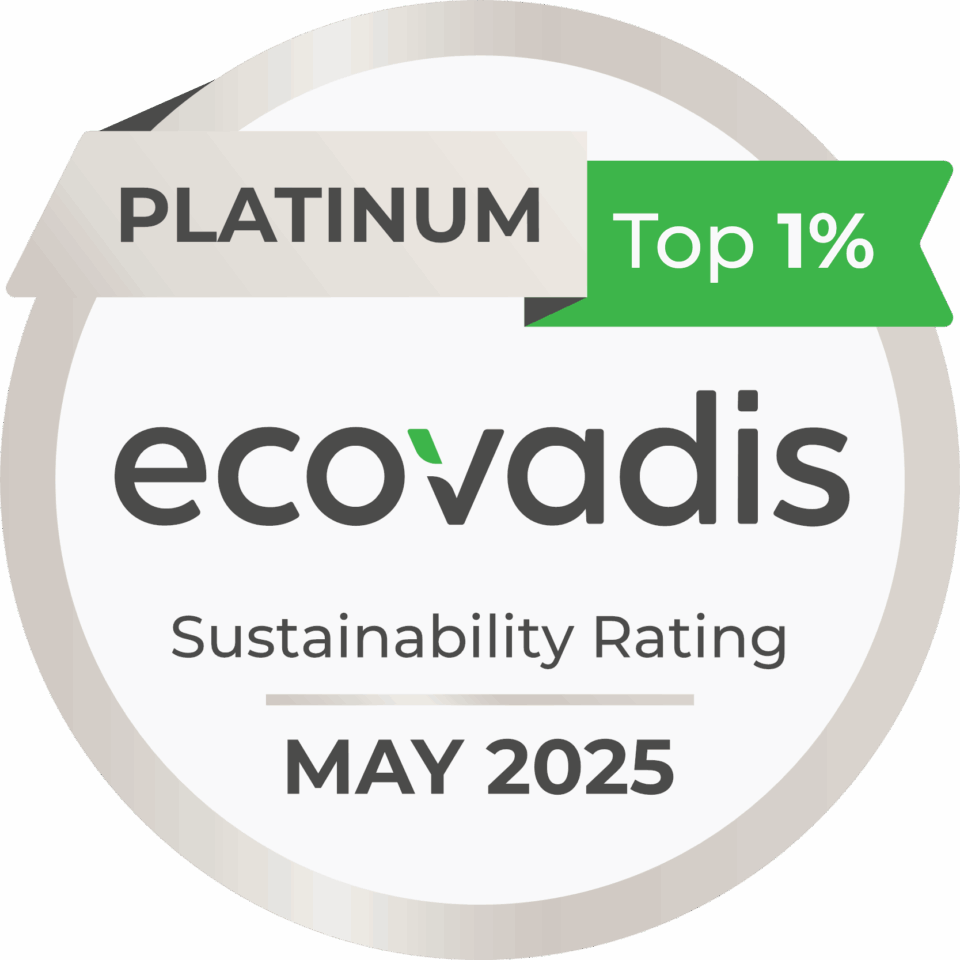Beyond Recovery: Supporting Pharma Sustainability with 75% CO₂e Reduction
At Mastermelt, we’re proud to work alongside leading pharmaceutical companies to turn sustainability goals into actionable results. In a recent collaboration with a major API manufacturer, we conducted a comparative analysis of two pathways for recovering Palladium (Pd) from solvent-based production waste. The results speak volumes about the role of circular recovery in CO₂e reduction.
The Challenge: Sustainable Palladium Recovery from API Spent Catalyst Waste
Palladium, a critical catalyst in active pharmaceutical ingredient (API) manufacturing, is often lost in solvent-rich organic waste. The clients existing route entailed transporting large volumes of waste to a centralised recovery facility, which is not optimised for homogeneous pgm catalyst recovery.
Our client is committed to strong targets in Scope 3 emissions reduction. We saw an opportunity to deliver something better.
The Two Scenarios Compared
Case 1: Centralised Treatment in Europe
- Waste solvent treated in mainland Europe.
- Long transport route to facility
- Some heat recovery but no solvent reuse
- Net emissions: ~3 tonnes CO₂e per tonne of spent catalyst.
Case 2: Mastermelt Circular Recovery
- Local distillation in EU to recover and reuse ~95% of the solvent from the initial processing
- Only a few percent of the waste mass (Pd-rich residue) transported to the local Mastermelt site
- Higher pgm recovery due to the optimised recovery technology
- Net emissions: 0.66 tonnes CO₂e per tonne of waste.
Our solution reduces the need for virgin solvent production—resulting in a carbon offset of ~1.5 tonnes CO₂e/tonne just from the initial processing
![]() The Impact: >600 Tonnes CO₂e Saved Annually
The Impact: >600 Tonnes CO₂e Saved Annually
By switching to the Mastermelt route, the customer avoids >600 tonnes of CO₂e annually —equivalent to the yearly emissions from over 125 cars.
- Closed-loop solvent recovery
- Reduced hazardous transport
- Optimized precious metal recovery
- Quantified Scope 3 emission savings
Why It Matters
This isn’t just about compliance – it’s about demonstrating leadership in responsible manufacturing, circular economy, and climate action.
Mastermelt’s model proves that precious metal recovery can be both financially viable and environmentally superior. It enables our partners to meet aggressive sustainability targets without compromising operational efficiency.
Ready to decarbonise your waste stream?
It all starts with a 1-5 litre sample to our Homcat Centre of Excellence in Wilton UK, where our team will perform trials to determine the best route to optimise the metal and solvent recovery. Depending on the chemistry & complexity of the homcat solution we have at our disposal different technologies:
- Distillation

- Ion exchange resins
- Pre-treatment with acids to release the precious metal from tightly bound functional groups
- Temperature effects
A full screening report is prepared detailing the estimated precious metal recovery efficiency of the method CO2e saving.
Your trusted Partner
Mastermelt has been recovering precious metals for 40 years, in that time we focused on innovation, developing new and advanced methods to recover precious metals from secondary sources. With our primary locations in Germany, UK and Singapore we can offer a local service with our network of industry partners to minimise CO2e.
Homogeneous catalyst waste is often hazardous for transport but with Mastermelt we can handle the Transfrontier Shipment Notification (TFS) on your behalf and have several pre-authorised hubs in Europe for ease of shipment.
Through our commitment to sustainability, efficiency and continuous improvement we have earned EcoVadis Platinum status for 2025 – Top 1% globally across all our facilities.
 EcoVadis, the world’s leading provider of corporate sustainability ratings, evaluates companies across key pillars: Environment, Labor & Human Rights, Ethics, and Sustainable Procurement.
EcoVadis, the world’s leading provider of corporate sustainability ratings, evaluates companies across key pillars: Environment, Labor & Human Rights, Ethics, and Sustainable Procurement.
Let’s talk about how we can turn your solvent waste into a sustainability win.
Contact us at: info@mastermeltgroup.com
Author

Duncan Holdsworth
Projects Director Mastermelt Wilton

